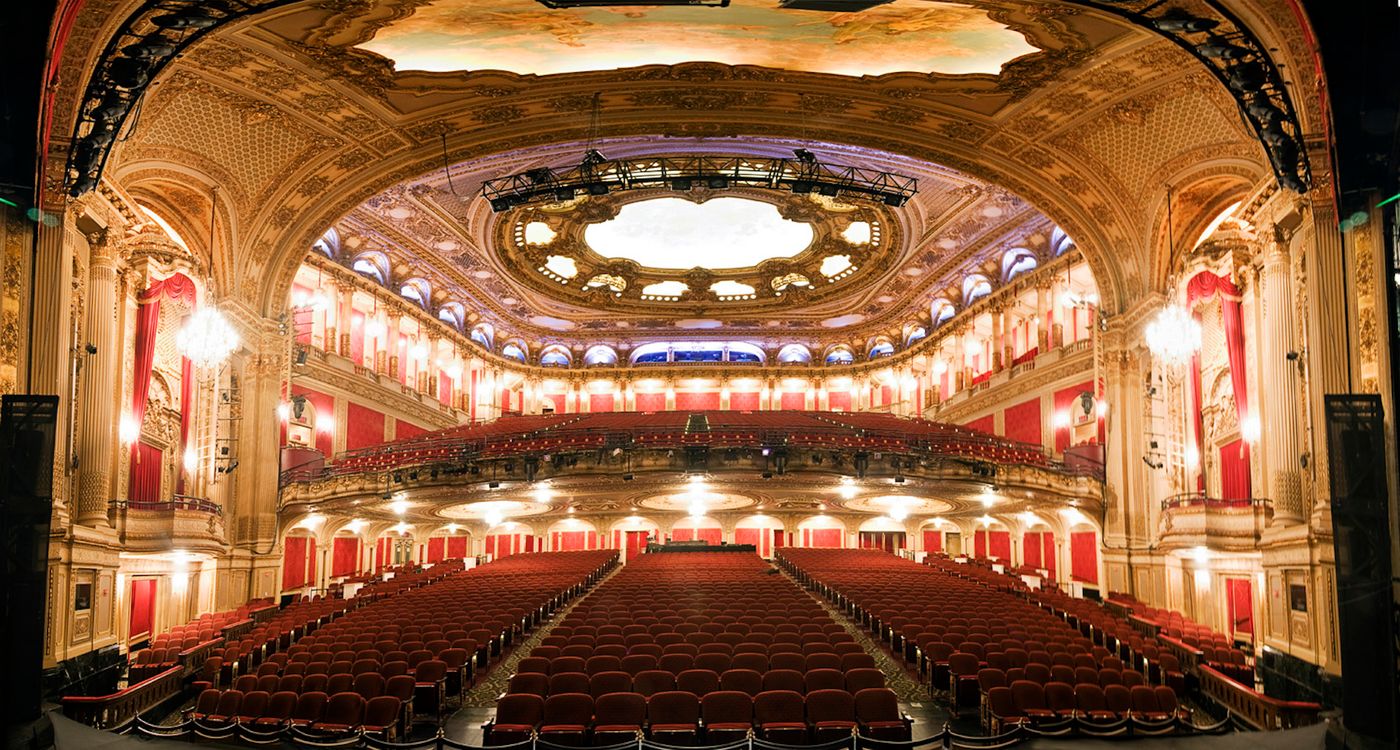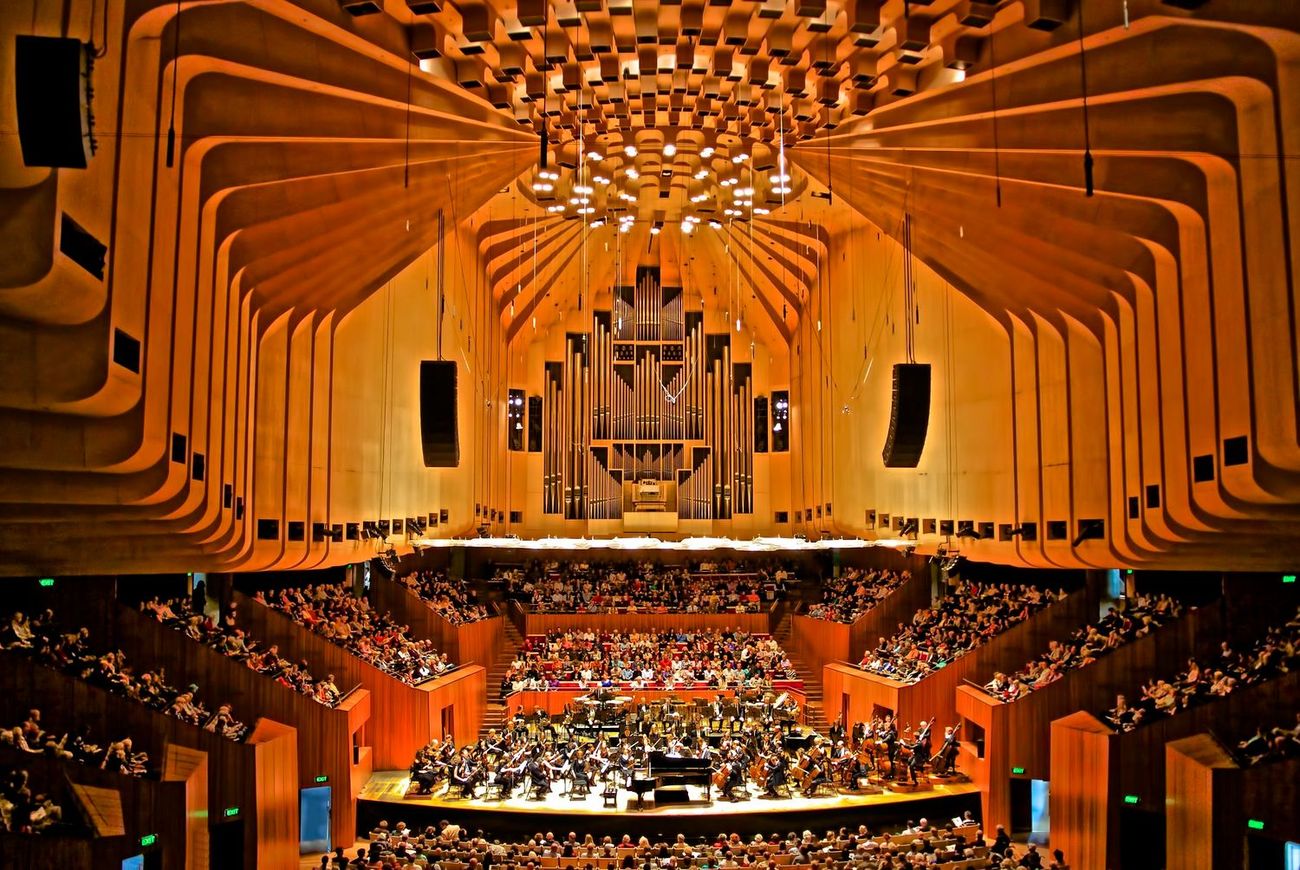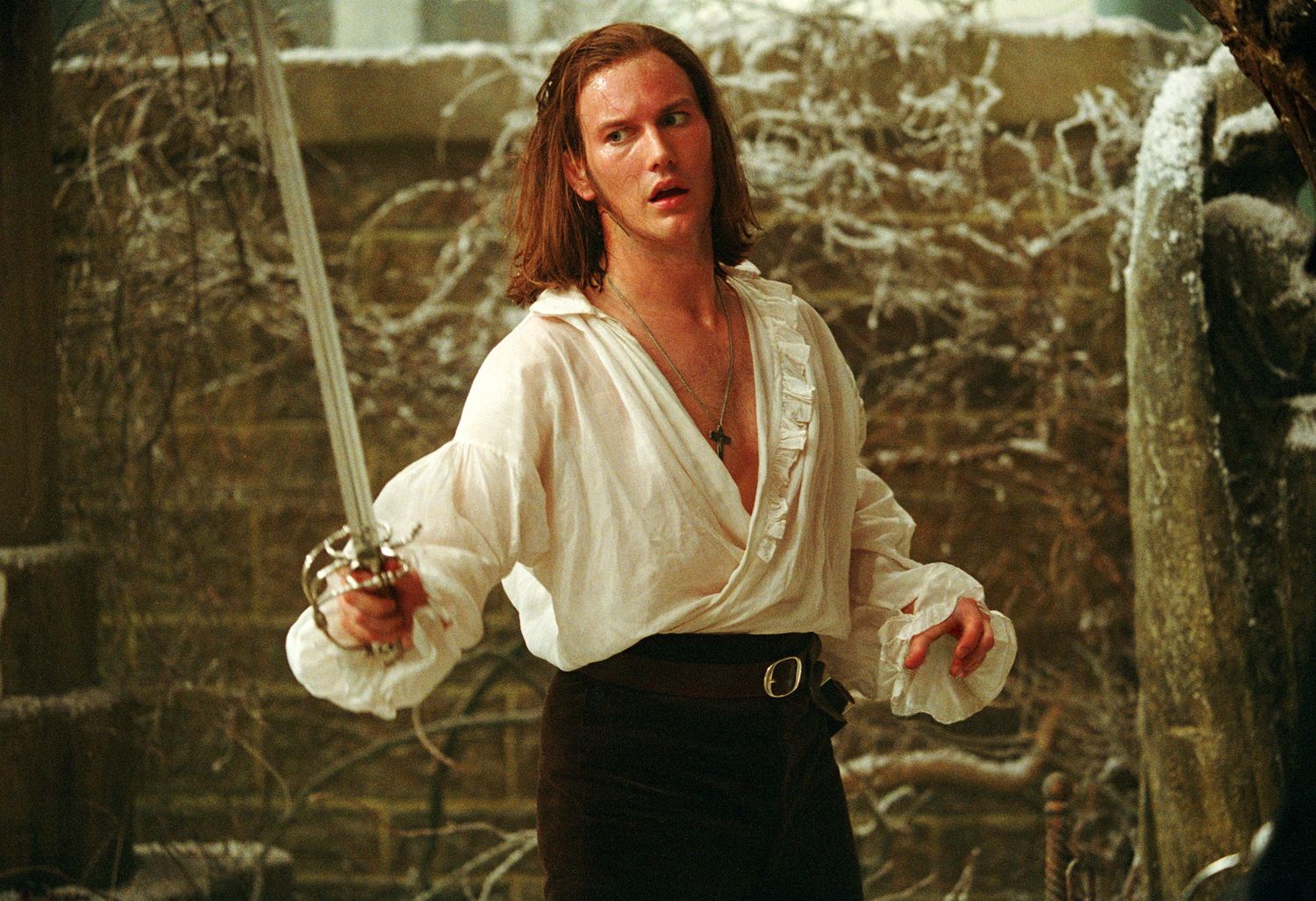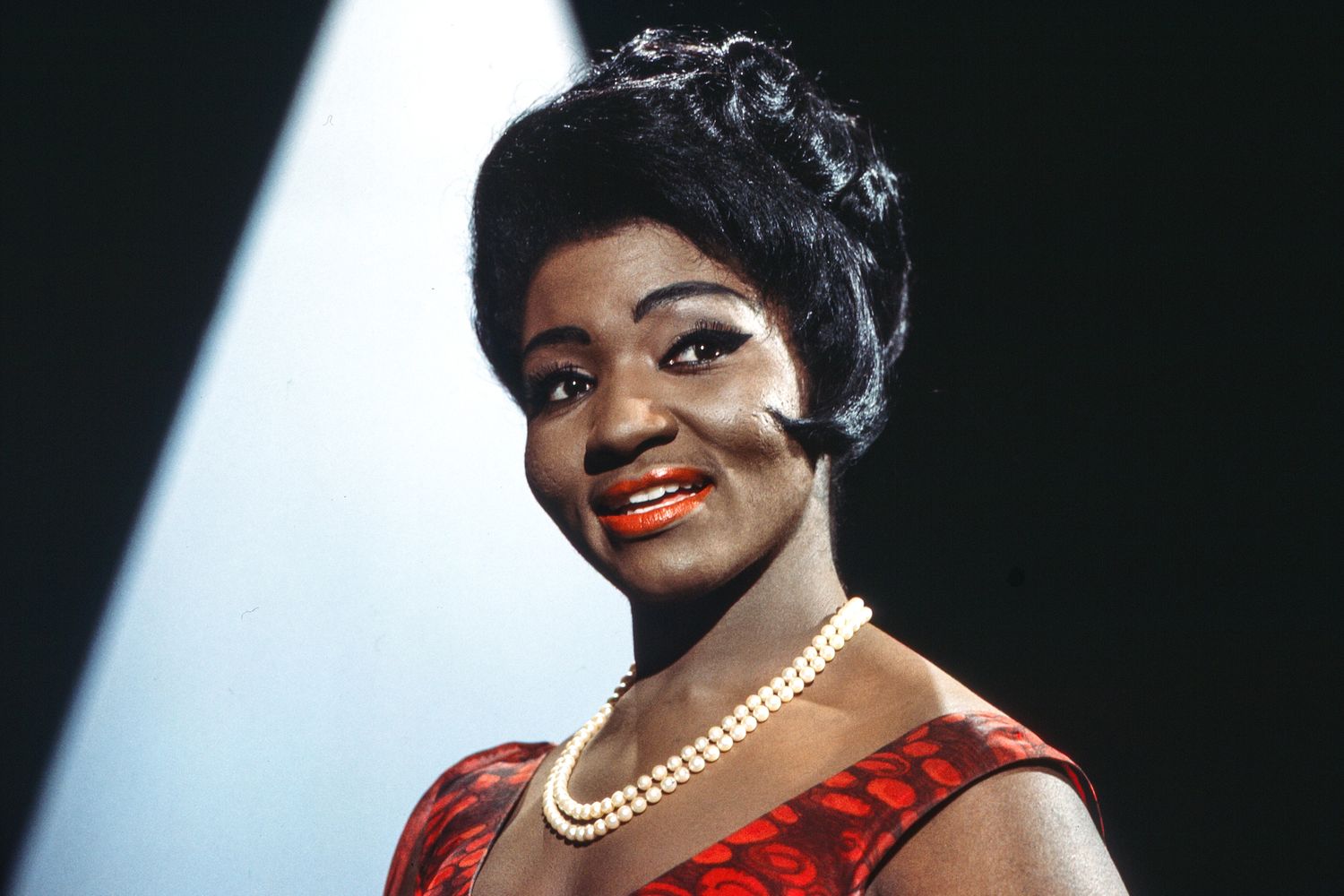Home>Events & Info>Opera>How Old Is The Boston Opera House


Opera
How Old Is The Boston Opera House
Modified: January 22, 2024
Discover the age of the iconic Boston Opera House. Learn how old this historic theater is and delve into its rich history as a hub for opera and performing arts.
(Many of the links in this article redirect to a specific reviewed product. Your purchase of these products through affiliate links helps to generate commission for AudioLover.com, at no extra cost. Learn more)
Table of Contents
Introduction
Welcome to the enchanting realm of the Boston Opera House! Nestled in the heart of Boston, this historic and majestic venue has been a cultural treasure for over a century. With its rich history, stunning architecture, and enthralling performances, the Boston Opera House has captivated audiences and held a special place in the city’s cultural scene.
As one of the most renowned opera houses in the United States, the Boston Opera House has played host to numerous world-class performances, ranging from grand operas to ballets, musicals, and concerts. Its opulent interiors, impeccable acoustics, and awe-inspiring stage have made it a preferred destination for artists and audiences alike.
Through the years, the Boston Opera House has witnessed countless magical moments, evoking a range of emotions from its spectators. Its storied past, remarkable architecture, and ongoing commitment to the arts have solidified its reputation as a beloved institution in the city.
In this article, we will take a closer look at the fascinating history of the Boston Opera House, its iconic architectural features, notable renovations, current use, and the vibrant performances that continue to grace its stage.
History of the Boston Opera House
The Boston Opera House has a long and illustrious history, tracing its roots back to the Golden Age of opera. Originally known as the B.F. Keith Memorial Theatre, the venue first opened its doors on October 29, 1928. It was built as a tribute to Benjamin Franklin Keith, a vaudeville impresario, and quickly became a prominent cultural destination in Boston.
Designed by architect Thomas W. Lamb, the Boston Opera House boasts a magnificent and ornate Beaux-Arts style. Its opulent interiors, adorned with lavish decorations and gilded moldings, created a captivating atmosphere for its patrons. The grand auditorium was known for its exceptional acoustics, ensuring a sublime audio experience for every performance.
During its early years, the Boston Opera House hosted a variety of entertainment, including vaudeville shows, musicals, and silent films. However, its true calling came with the arrival of opera productions, which earned the theater its esteemed reputation. Renowned opera companies, such as the Metropolitan Opera and the Boston Opera Company, graced its stage, showcasing exceptional talent and elevating the art form to new heights.
Like many historic landmarks, the Boston Opera House faced its fair share of challenges. In the mid-20th century, as interest in opera declined, the theater underwent several transformations, hosting movie screenings and even becoming a sports arena for a brief period. However, the passion for opera was rekindled in the late 20th century, leading to the revitalization of this architectural gem.
Following years of restoration efforts, the Boston Opera House reemerged in all its glory in 2004. The reopening marked a significant milestone, with the theater once again dedicated to showcasing the finest in opera, ballet, and other performing arts. Today, it stands as a vibrant cultural hub, attracting world-class artists and captivating audiences with its unparalleled charm.
The rich history and enduring legacy of the Boston Opera House serve as a testament to the power of the arts in connecting communities and enriching lives. It remains a cherished institution in Boston, a haven for lovers of opera and performing arts alike.
Architectural Features
The Boston Opera House is known for its stunning architectural features that exude elegance and grandeur. The design elements of the theater are a harmonious blend of Beaux-Arts and Art Nouveau styles, creating a visually captivating experience for its patrons.
The exterior of the Boston Opera House is adorned with intricate details, showcasing the attention to detail and craftsmanship of its creators. The grand entrance, with its imposing arches and columns, sets the stage for the grandeur that awaits within. The façade is decorated with ornate sculptures, intricate carvings, and majestic balconies, transporting visitors to a bygone era.
Stepping inside, patrons are greeted by the theater’s magnificent lobby, which boasts high ceilings, grand chandeliers, and luxurious decor. The opulence continues into the auditorium, where plush seating provides optimal comfort for the audience. The proscenium arch, adorned with intricate moldings and decorative elements, frames the stage and serves as a focal point for the performances that unfold.
The Boston Opera House is renowned for its exceptional acoustics, allowing every note and voice to resonate with clarity throughout the auditorium. The carefully designed layout and positioning of the seats ensure that every member of the audience has an optimal listening experience, creating an immersive atmosphere.
One of the most notable architectural features of the Boston Opera House is its breathtaking ceiling. The intricate mural, painted by renowned artist George Randolph Barse Jr., depicts a celestial scene with intricate patterns, depicting angels, mythical figures, and celestial bodies. The captivating artwork adds a touch of ethereal beauty to the theater, further enhancing the overall ambiance.
In addition to its architectural marvels, the Boston Opera House also boasts state-of-the-art technical capabilities. The stage is equipped with advanced lighting and sound systems, allowing for seamless and immersive productions. The backstage area is spacious and well-equipped to accommodate the intricate sets, costumes, and props that bring performances to life.
The architectural splendor of the Boston Opera House is a testament to the vision and creativity of its designers. It creates a truly unforgettable experience for both performers and audience members, immersing them in a world of beauty, artistry, and sheer magnificence.
Renovations and Restorations
Over the course of its history, the Boston Opera House has undergone several significant renovations and restorations to preserve its architectural beauty and adapt to the evolving needs of the performing arts. These endeavors have ensured that the theater continues to enchant audiences with its timeless charm.
One of the most extensive restoration projects took place in the late 20th century, with the goal of restoring the Boston Opera House to its former glory. The project aimed to revive the theater’s original splendor and enhance its functionality for modern performances. This involved meticulously preserving and refurbishing the opulent interiors, including the grand lobby, auditorium, and iconic ceiling mural.
During this restoration, great care was taken to ensure that the theater retained its historical authenticity. The ornate decorations, intricate moldings, and decorative elements were meticulously restored, recreating the ambiance of the Golden Age of opera. The original color schemes and finishes were replicated, allowing visitors to step back in time and experience the theater as it appeared decades ago.
In addition to preserving the original architectural features, the restoration project also incorporated modern technology and amenities to enhance the audience experience. State-of-the-art lighting and sound systems were installed, allowing for seamless and immersive performances. The seating and accessibility were also improved to provide maximum comfort and convenience.
Another notable renovation was completed in 2004, marking a significant milestone in the history of the Boston Opera House. This project aimed to transform the theater into a world-class venue for opera, ballet, and other performing arts. It involved extensive updates to the stage, backstage area, and technical capabilities.
Today, the Boston Opera House stands as a shining example of successful preservation and adaptation. The careful balance between restoring its historical charm and incorporating modern amenities has allowed the theater to cater to the needs of contemporary performances while maintaining its timeless allure.
The ongoing commitment to renovations and restorations ensures that the theater remains a vibrant cultural landmark in Boston. It continues to be a cherished gathering place for artists and audiences, providing a platform for the preservation and celebration of the performing arts.
Current Use and Performances
The Boston Opera House stands as a beacon of artistic excellence and remains a vital hub for performing arts in the city. Today, the theater hosts a diverse range of performances, including opera, ballet, musicals, concerts, and theatrical productions. Its versatile stage and state-of-the-art facilities have made it a sought-after venue for both local and international artists.
Opera continues to be a highlight at the Boston Opera House, with renowned opera companies gracing the stage with their stirring performances. From classic productions of Mozart and Verdi to contemporary works, opera enthusiasts can immerse themselves in the world of passion, drama, and exquisite vocal performances.
The theater also showcases world-class ballet performances, with acclaimed companies presenting both traditional and contemporary works. The Boston Ballet, along with guest companies from around the globe, takes center stage, stunning audiences with their grace, precision, and captivating storytelling through dance.
In addition to opera and ballet, the Boston Opera House hosts a wide array of musicals and theatrical productions that cater to diverse tastes and interests. From Broadway hits to experimental productions, the theater prides itself on delivering captivating performances that leave audiences in awe.
The Boston Opera House has also become a popular destination for concerts by renowned musicians, spanning various genres. From classical symphony orchestras to popular artists, the theater offers unforgettable musical experiences that resonate with audiences of all ages.
Furthermore, the Boston Opera House is committed to fostering artistic engagement within the community. Educational programs, workshops, and outreach initiatives aim to nurture the next generation of performers and cultivate a love for the arts among young audiences.
Visiting the Boston Opera House is not only about experiencing exceptional performances but also about immersing oneself in the rich cultural fabric of the city. Its central location, close proximity to other cultural landmarks, and vibrant atmosphere make it an ideal destination for a memorable evening of entertainment.
The Boston Opera House continues to be a place of inspiration, where the magic of live performance comes alive. It serves as a testament to the enduring power of the arts and the profound impact they can have on individuals and communities.
Conclusion
The Boston Opera House holds a cherished place in the hearts of residents and visitors alike. With its rich history, breathtaking architecture, and captivating performances, the theater has carved out its legacy as a cultural icon in the city of Boston.
From its early days as the B.F. Keith Memorial Theatre to its transformation into a world-class opera house, the venue has witnessed the evolution of the performing arts. The meticulous restorations and renovations have preserved its architectural splendor while accommodating modern technology and amenities.
Today, the Boston Opera House continues to shine as a beacon of artistic excellence. It remains a sought-after destination for opera, ballet, musicals, concerts, and theatrical productions. The theater’s stage has been graced by renowned artists, captivating audiences with their exceptional talent and the sheer magic of live performance.
The Boston Opera House is not just a venue; it is a testament to the power of the arts to enrich and inspire. It serves as a gathering place that fosters a sense of community, where people from all walks of life can come together to be moved by the beauty and emotion of live performances.
Whether you are a seasoned opera aficionado, a ballet enthusiast, or simply someone looking to be transported by a remarkable performance, the Boston Opera House offers an unforgettable experience. The grandeur of its architecture, the acoustics that bring music to life, and the immersive atmosphere all contribute to the creation of cherished memories that will last a lifetime.
As the Boston Opera House continues to write its story, it remains an enduring symbol of artistic expression, cultural heritage, and the power of human creativity. It stands as a testament to the importance of preserving our cultural treasures and providing a platform for artists to share their talent with the world.
So, let the curtains rise, the lights dim, and lose yourself in the wonders of the Boston Opera House, where dreams come alive and the power of art knows no bounds.











